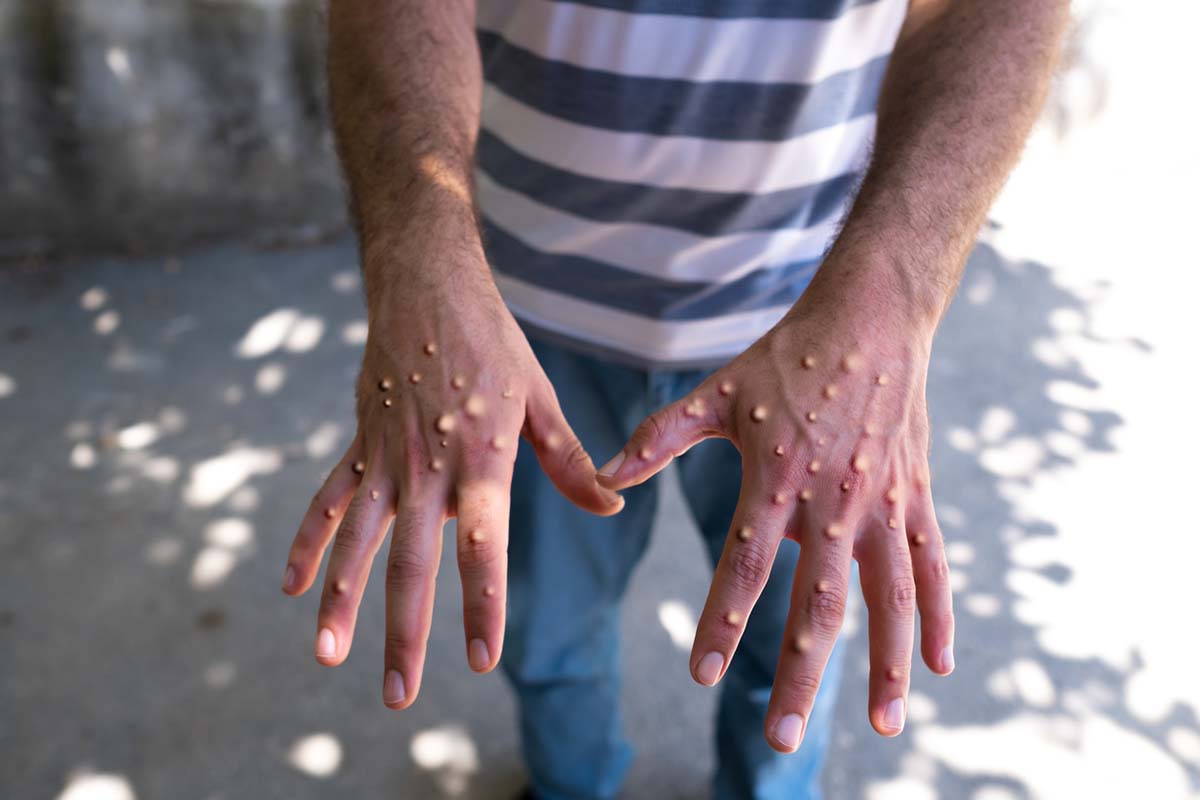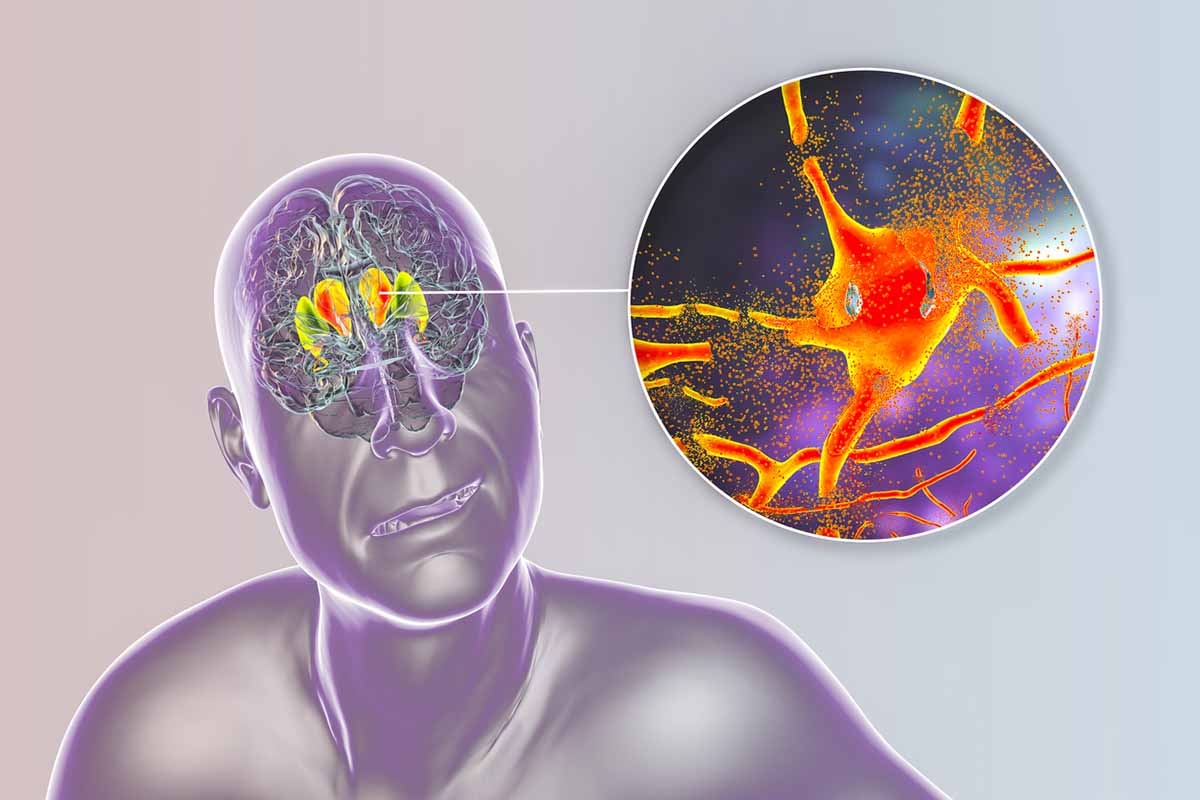Because this piece does not have an abstract, we have provided for your benefit the first 3 sentences of the full text.
To the Editor: Some studies suggest that cannabis-induced psychosis is an early sign of schizophrenia rather than a distinct clinical entity, while other studies suggest that cannabis use is associated with an increased risk of psychosis with a dose-dependent effect. The following case study describes a young man with no prior or family history of psychosis who became psychotic after smoking cannabis twice.
Case report. Mr A, a 20-year-old man with excellent premorbid functioning and no family history of schizophrenia, experienced mild paranoia after smoking cannabis for the first time in June 2015.
Cannabis-Induced Psychosis and an Antipsychotic-Induced Seizure: A Case Report
To the Editor: Some studies1 suggest that cannabis-induced psychosis is an early sign of schizophrenia rather than a distinct clinical entity, while other studies2 suggest that cannabis use is associated with an increased risk of psychosis with a dose-dependent effect. The following case study describes a young man with no prior or family history of psychosis who became psychotic after smoking cannabis twice.
Case report. Mr A, a 20-year-old man with excellent premorbid functioning and no family history of schizophrenia, experienced mild paranoia after smoking cannabis for the first time in June 2015. In early August 2015, he smoked again; this time his paranoia was severe and persistent. He was hospitalized and diagnosed as paranoid and disoriented. He was prescribed haloperidol 5 mg/d and lithium 900 mg/d.
Three months after discharge, Mr A’s paranoia returned. Lead psychiatrists in our department were consulted, and he was diagnosed with DSM-IV psychosis not otherwise specified. He was started on olanzapine 20 mg/d, lithium 1,500 mg/d, lorazepam 2 mg/d, and haloperidol 10 mg/d.
When his psychosis did not improve, risperidone 6 mg/d was added. Shortly thereafter, Mr A began to experience auditory hallucinations (ex-girlfriend’s voice), somatic hallucinations (felt someone touching his back), and olfactory hallucinations (a strong, persistent burning smell).
He presented with these symptoms along with tremors, drowsiness, significant cognitive impairments, headaches, gastrointestinal distress, acne, and persistent fatigue. He was mildly guarded but did not have any Schneider first-rank symptoms of schizophrenia.3 He had been unable to attend school for 5 months and denied smoking cannabis since his first hospitalization.
The clinician’s impression was that the patient’s excellent premorbid functioning and lack of a personal or family history of schizophrenia made cannabis-induced psychosis the likely cause of his initial paranoia.
That the patient’s hallucinations occurred immediately after he was prescribed a full regimen of antipsychotics suggested that temporal lobe epilepsy caused by a high-dose of antipsychotics was responsible. Although the relationship between antipsychotics and seizures is unclear,4 antipsychotic overdose data suggest that antipsychotics may have a dose-dependent seizure effect.5
An electroencephalograph (EEG) analysis was not ordered because standard surface EEGs typically do not detect aberrant electrical activity deep in the limbic system.6 Indeed, two-thirds of patients experiencing temporal lobe seizures have normal EEGs or EEGs with mild and nonspecific abnormalities.7
The patient was tapered off lithium over a 2-week period during which time his tremors, acne, and abdominal pain dissipated. He was also taken off risperidone and started on divalproex sodium, which was gradually increased to 1,000 mg/d. His hallucinations quickly disappeared with the increase in divalproex sodium and his cognition improved significantly. He then presented with depressive symptoms and was gradually started on lamotrigine up to 100 mg/d. The remaining antipsychotics were slowly reduced over the next month.
During the next 2 months, the patient’s functioning returned to baseline. Consequently, he was tapered off divalproex sodium. He was able to return to college and was gradually tapered off the lamotrigine. At the time of this writing, Mr A has been medication- and symptom-free for 6 months and has resumed full premorbid functioning.
This case study is relevant for 2 reasons. First, several first-time, nonchronic cannabis users have presented to our clinic with psychosis or thought disorders lasting months after first- or second-time cannabis use. Second, the antipsychotics prescribed to treat the patient’s psychosis were an iatrogenic cause of its worsening. High doses of antipsychotics can lower the seizure threshold.5 Treating psychotic patients with mood stabilizers like lamotrigine and divalproex sodium may help detect and treat limbic seizures, which are difficult to identify with a surface EEG.
References
1. Arendt M, Mortensen PB, Rosenberg R, et al. Familial predisposition for psychiatric disorder: comparison of subjects treated for cannabis-induced psychosis and schizophrenia. Arch Gen Psychiatry. 2008;65(11):1269-1274. PubMed doi:10.1001/archpsyc.65.11.1269
2. Moore TH, Zammit S, Lingford-Hughes A, et al. Cannabis use and risk of psychotic or affective mental health outcomes: a systematic review. Lancet. 2007;370(9584):319-328. PubMed doi:10.1016/S0140-6736(07)61162-3
3. Schneider K. Clinical Psychopathology. New York: Grune and Stratton; 1959.
4. Leber P. "Time-less" risks (a hazard of risk assessment: the example of seizure and antidepressants). Psychopharmacol Bull. 1985;21(2):334-338. PubMed
5. Pisani F, Oteri G, Costa C, et al. Effects of psychotropic drugs on seizure threshold. Drug Saf. 2002;25(2):91-110. PubMed doi:10.2165/00002018-200225020-00004
6. Jan MM, Sadler M, Rahey SR. Electroencephalographic features of temporal lobe epilepsy. Can J Neurol Sci. 2010;37(4):439-448. PubMed
7. Panayiotopoulos CP. Symptomatic and probably symptomatic focal epilepsies: topographical symptomatology and classification. Chapter 12. The Epilepsies: Seizures, Syndromes and Management. Oxfordshire, UK: Bladon Medical Publishing; 2005.
aDepartment of Psychiatry, College of Physicians and Surgeons, Columbia University Medical Center, New York, NY
bNew York State Psychiatric Institute, New York, NY
Potential conflicts of interest: None.
Funding/support: None.
Published online: February 2, 2017.
Prim Care Companion CNS Disord 2017;19(1):16l01993
https://doi.org/10.4088/PCC.16l01993
© Copyright 2017 Physicians Postgraduate Press, Inc.
Please sign in or purchase this PDF for $40.00.





